1. Automated Photo Editing:
AI algorithms can automatically adjust brightness, contrast, saturation, and apply filters to enhance photos, significantly reducing the time and expertise required for photo editing.
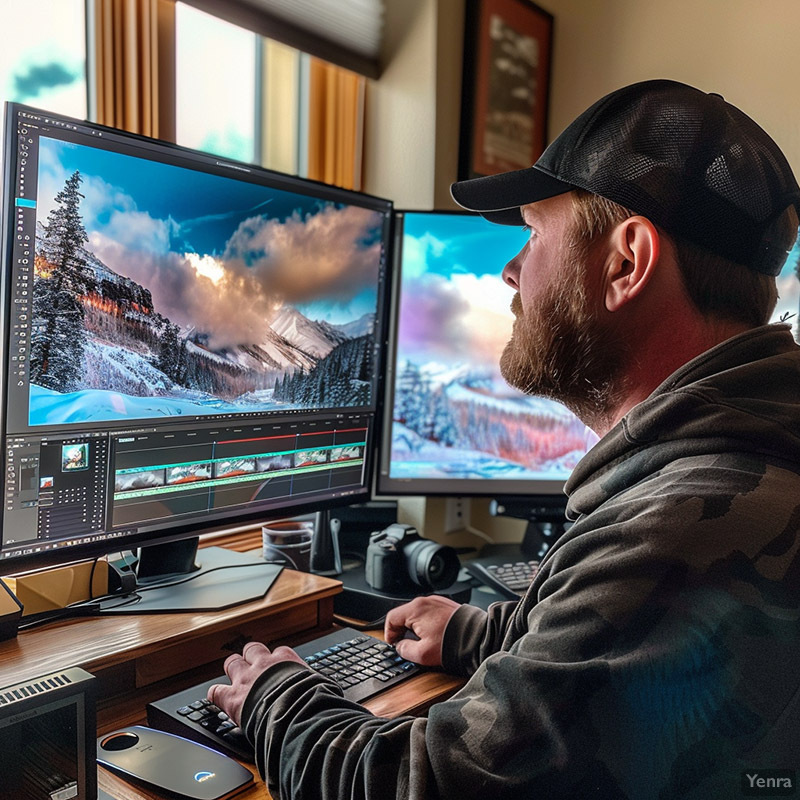
AI significantly enhances the photo editing process by automating routine adjustments and complex enhancements, making high-quality photo finishing accessible to photographers of all skill levels. It analyzes images to make precise adjustments to brightness, contrast, and color balance, achieving professional-grade results with minimal user input. This automation not only saves time but also democratizes photo editing, allowing individuals without extensive editing knowledge to produce visually stunning images. AI-driven tools continuously learn from vast datasets, improving their ability to enhance photos in a way that aligns with human aesthetic preferences, further bridging the gap between amateur and professional-quality photo production.
2. Subject and Scene Recognition
AI can identify subjects and scenes within photographs, enabling smart tagging and organization. This technology allows for easier sorting and retrieval of images based on content, without manual labeling.
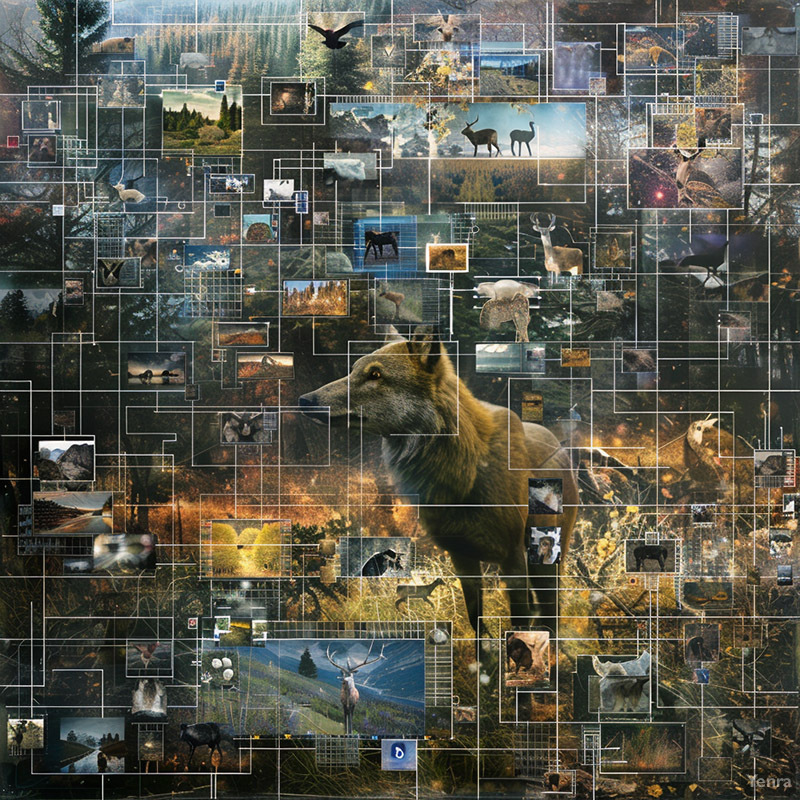
AI transforms photo organization and retrieval through advanced subject and scene recognition capabilities. By intelligently analyzing image content, AI can automatically tag photos with relevant keywords, making it easier to sort, search, and manage large photo libraries. This feature is particularly valuable for professionals managing extensive image collections and for consumers looking to quickly find memories based on people, locations, or events. The ability of AI to understand and categorize image content at a granular level improves over time, offering increasingly accurate and comprehensive tagging that enhances the overall utility of digital photo libraries.
3. AI-Powered Cameras
Cameras equipped with AI technology can automatically adjust settings such as focus, exposure, and aperture based on the scene and lighting conditions, improving photo quality even for amateur photographers.
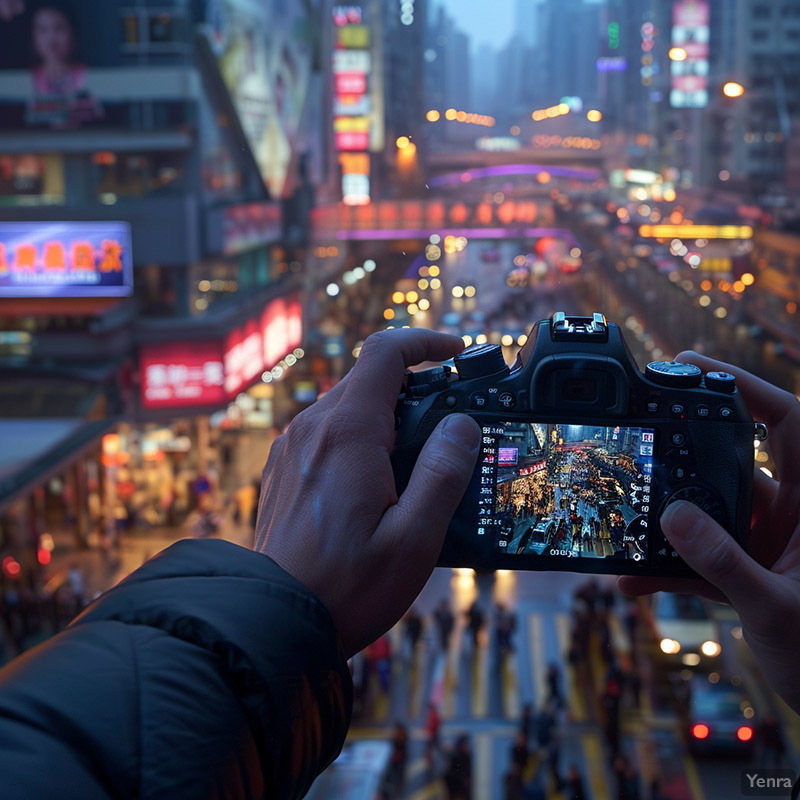
AI-powered cameras revolutionize photography by automatically adjusting settings to suit different scenes and lighting conditions, ensuring optimal exposure and focus for each shot. This smart automation enables photographers to capture high-quality images without manually tweaking settings, making advanced photography techniques more accessible to beginners. Additionally, AI enhancements extend to real-time subject tracking and scene recognition, further improving photo composition and detail. The integration of AI in cameras democratizes professional-quality photography, allowing more users to achieve exceptional results regardless of their technical expertise.
4. Facial Recognition and Beautification
AI-driven facial recognition in photography software can detect faces within images for tagging or editing purposes. Additionally, beautification features use AI to smooth skin, adjust lighting on faces, and even alter facial features based on user preferences.
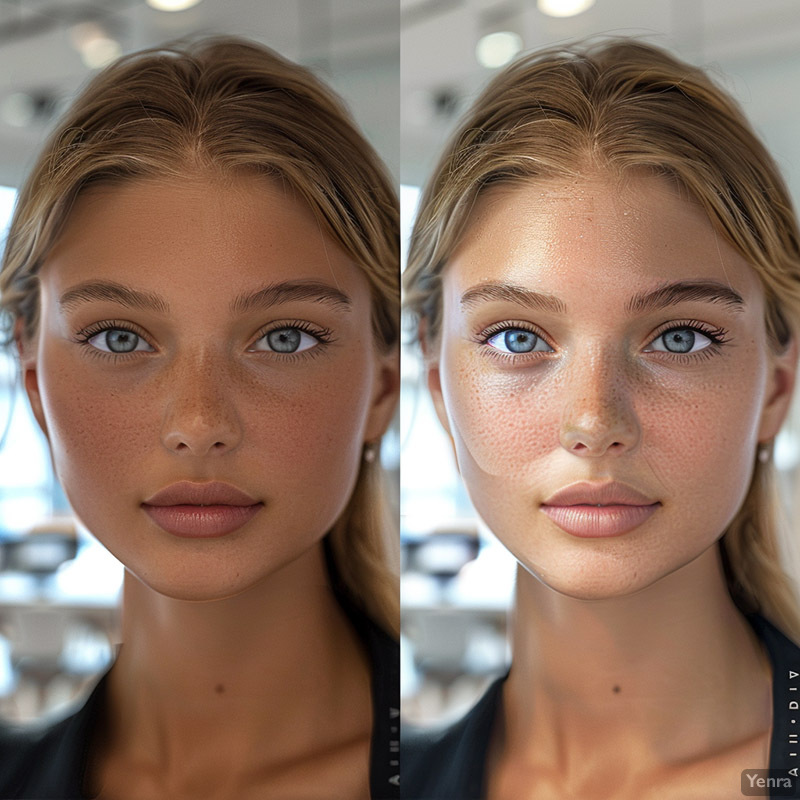
AI-driven facial recognition and beautification tools offer sophisticated editing capabilities that enhance portraits by identifying and subtly improving facial features. These tools can smooth skin, adjust lighting, and even reshape features to match aesthetic preferences, all while maintaining a natural look. The technology's ability to recognize individual faces also streamlines the tagging and organization of photos, enhancing user experience. This application of AI not only elevates the quality of portrait photography but also provides users with the tools to express themselves creatively through their images, fostering a more personalized and engaging photography experience.
5. High Dynamic Range (HDR) Processing
AI algorithms can merge multiple exposures of the same scene to create a single image with enhanced dynamic range, bringing out details in both the darkest and brightest areas without the need for manual blending.
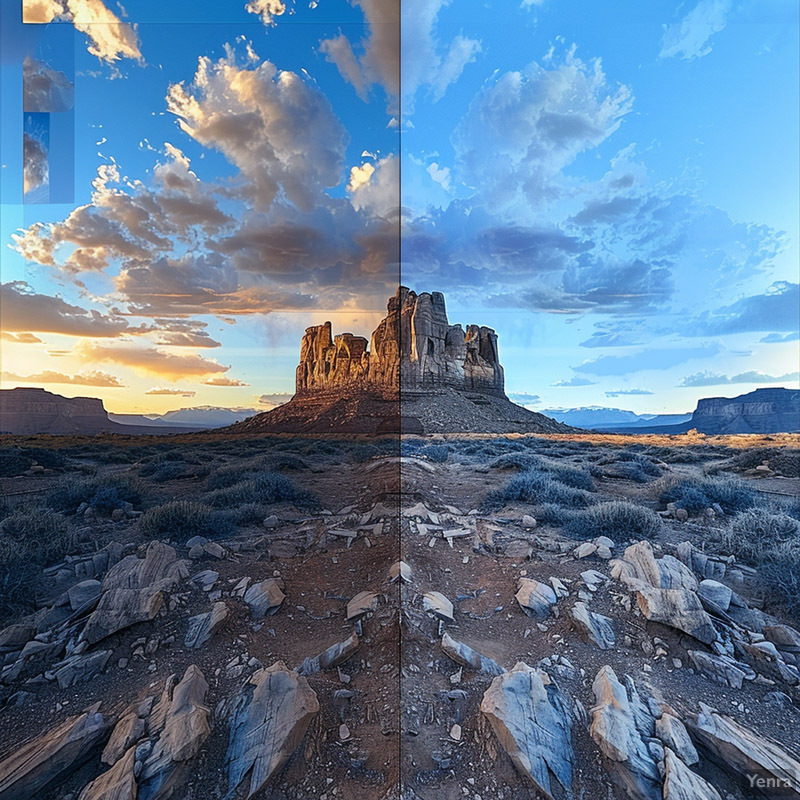
AI enhances HDR processing by intelligently combining multiple exposures of the same scene into a single image that captures detail in both the darkest and brightest areas. This process, traditionally requiring manual alignment and blending, is automated by AI, producing results that rival professional editing in a fraction of the time. The ability of AI to analyze and merge these exposures ensures a natural-looking image with enhanced dynamic range, improving the visual quality of photos taken in challenging lighting conditions. This advancement makes advanced photographic techniques more accessible and efficient, expanding creative possibilities for photographers.
6. Image Restoration and Enhancement
AI tools can restore old or damaged photographs by removing scratches, noise, and improving resolution, breathing new life into faded or deteriorating images.
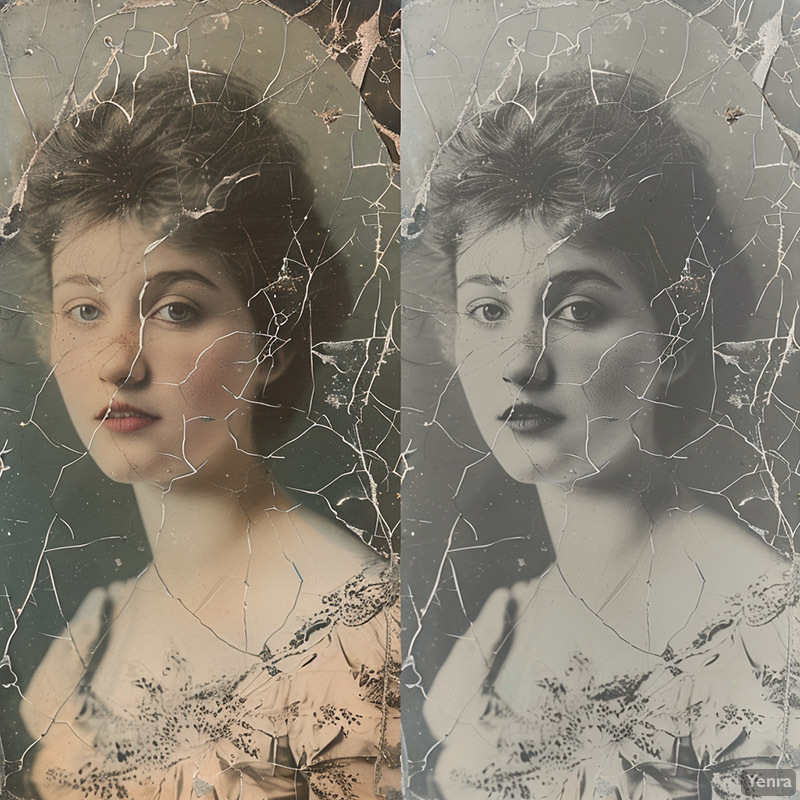
AI offers groundbreaking solutions in image restoration and enhancement, reviving old or damaged photographs by automatically repairing scratches, tears, and fading. This technology can also enhance resolution and detail, breathing new life into cherished memories without the need for time-consuming manual restoration. The process leverages machine learning algorithms trained on vast datasets of images, enabling the AI to fill in missing details with astonishing accuracy. This capability not only preserves historical and personal photographs but also makes restoration accessible to anyone with a digital copy of an image, safeguarding cultural and familial legacies for future generations.
7. Creative Effects and Style Transfer
AI can apply creative effects to photos or transform their style to mimic the look of famous paintings or particular artistic styles, offering new avenues for creative expression without the need for complex editing software.
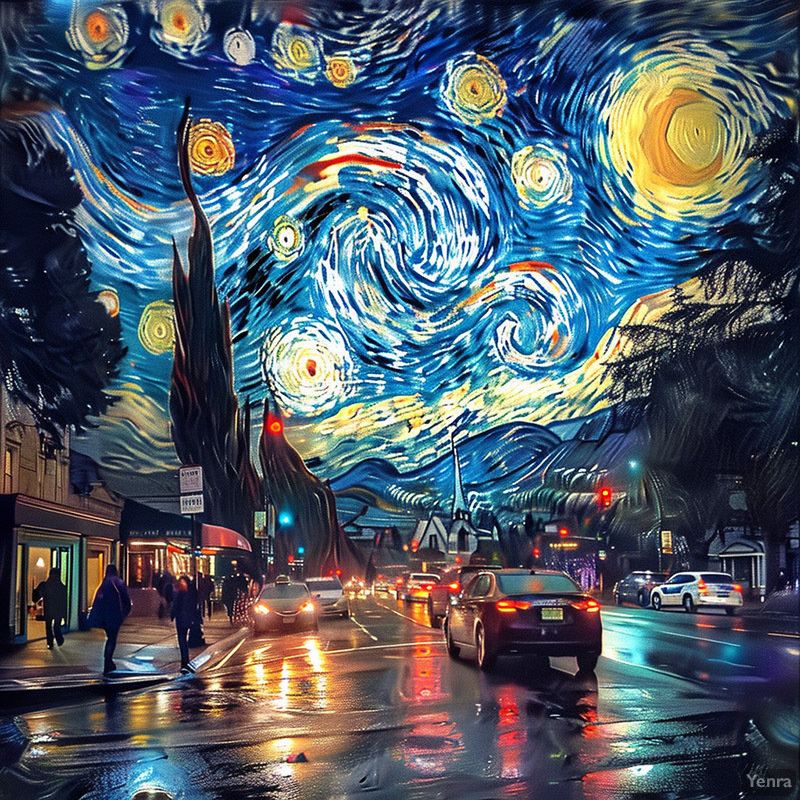
AI opens new horizons in creative expression through effects and style transfer, allowing photographers and artists to transform photos into works resembling paintings or specific artistic styles with just a few clicks. This technology analyzes the stylistic elements of artworks and applies them to digital images, enabling users to experiment with creative effects without needing extensive artistic training. The accessibility of these AI-powered tools encourages experimentation and creativity, enabling users to explore new aesthetic realms and personalize their photos in unique and captivating ways.
8. Depth Estimation and Bokeh Simulation
AI can analyze photos to estimate depth, allowing for the simulation of bokeh (background blur) effects that traditionally require specific lens configurations, enhancing the visual appeal of portraits and close-ups.
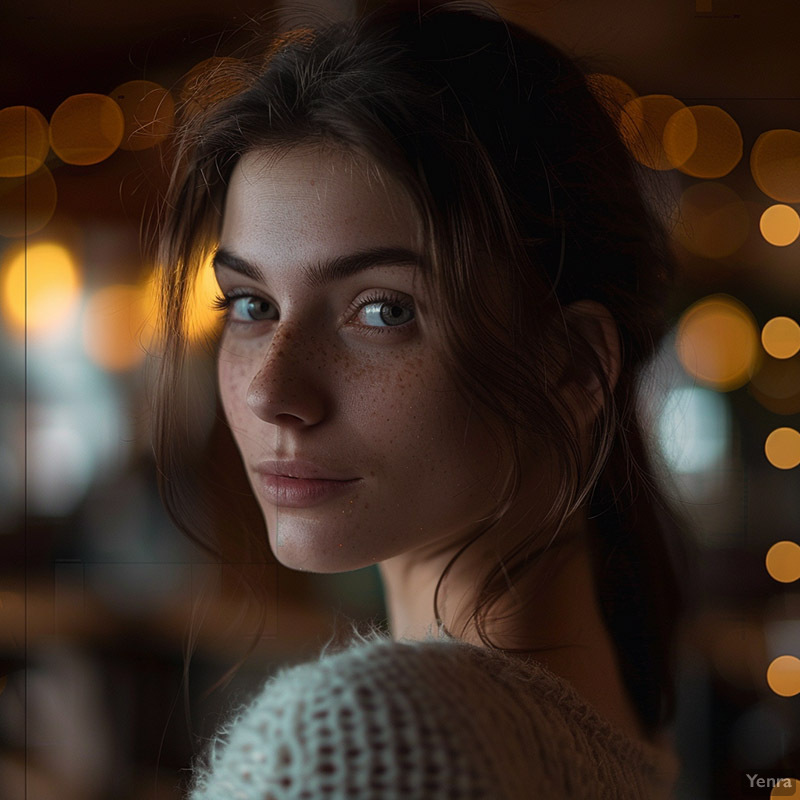
AI significantly improves portrait photography by estimating depth in images and simulating bokeh effects, traditionally achieved with specific lens setups. By analyzing an image's content, AI can differentiate between foreground and background elements, applying a realistic blur to the background while keeping the subject in sharp focus. This effect, which enhances the visual appeal of portraits by mimicking the shallow depth of field of professional photography, can now be achieved on standard cameras and even smartphones, making high-quality portraiture more accessible to a broader audience.
9. Colorization of Black and White Photos
AI can accurately add color to black and white photographs, using historical data and context clues to choose realistic colors for natural and man-made objects, reviving old images with a new perspective.
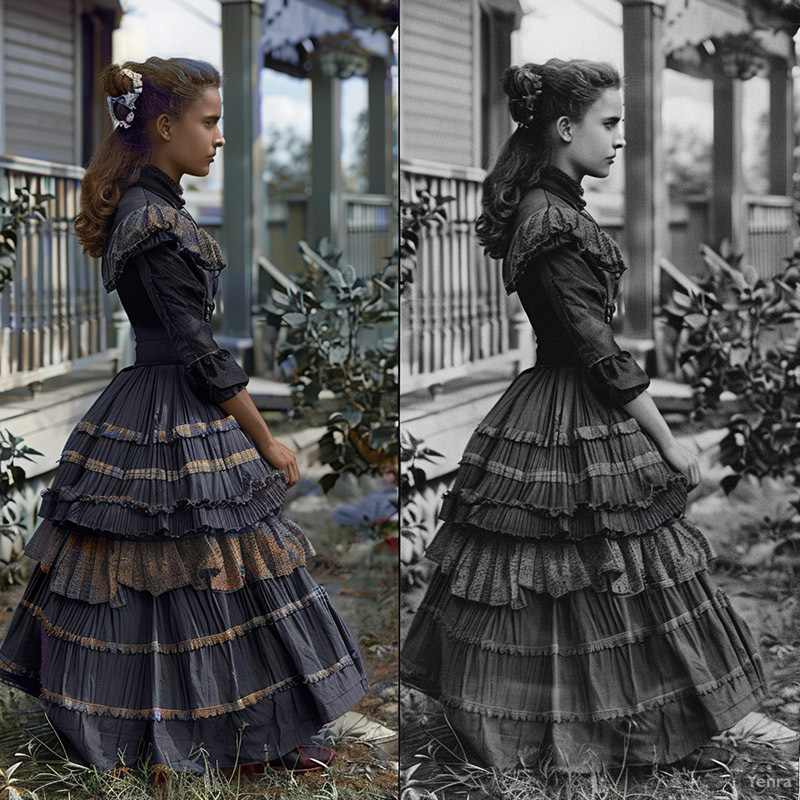
AI brings history to life by colorizing black and white photos with remarkable accuracy. By referencing historical data and recognizing objects within an image, AI algorithms can apply realistic colors to scenes, clothing, and faces, transforming monochrome images into vibrant representations of the past. This technology not only provides a new perspective on historical photos but also makes the process of colorization accessible to non-experts, allowing more people to explore and connect with history in a visually engaging way.
10. Automated Composition Suggestions
AI can analyze the composition of photographs and suggest cropping or adjustments to align with the rules of composition, such as the rule of thirds, leading to more aesthetically pleasing images.
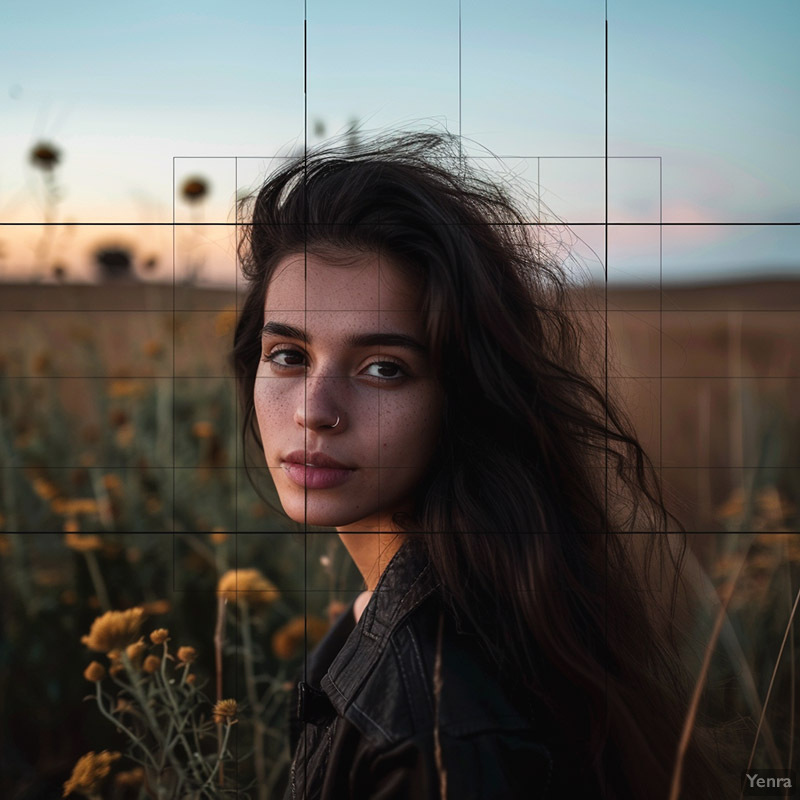
AI enhances the compositional quality of photographs by providing automated suggestions for cropping and framing. By analyzing an image's elements and applying principles of composition, such as the rule of thirds, leading lines, and symmetry, AI can suggest adjustments that enhance the photo's aesthetic appeal. This guidance is particularly valuable for amateur photographers, helping them learn and apply compositional techniques to improve their photography skills. The democratization of professional compositional advice through AI not only elevates the visual quality of images but also educates and inspires photographers to develop their artistic eye.